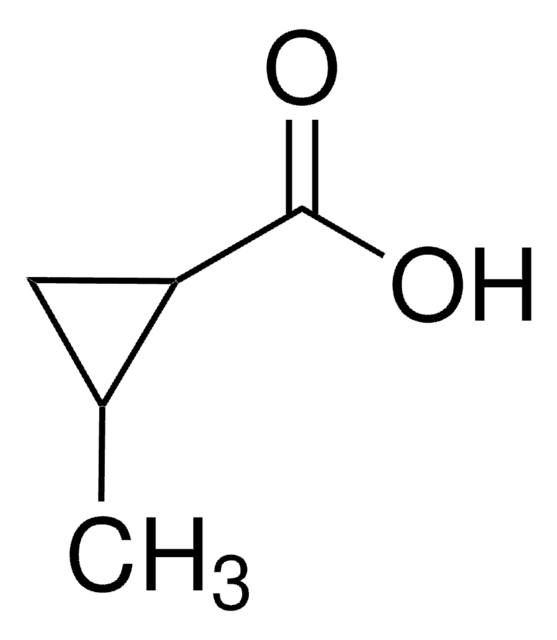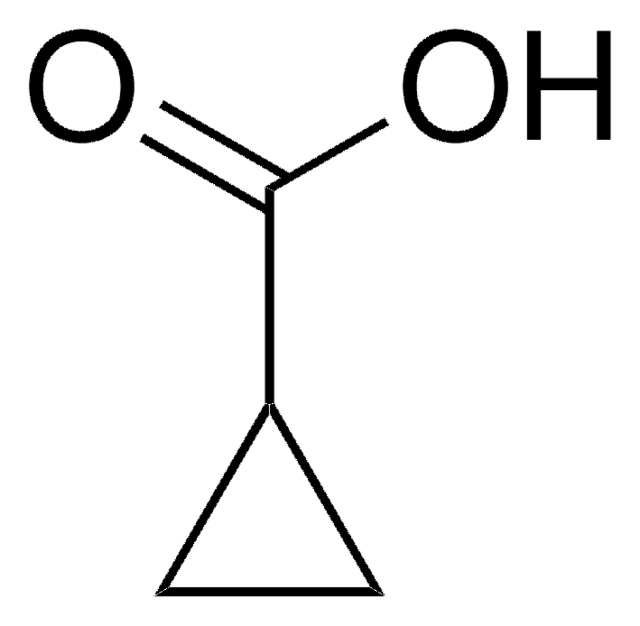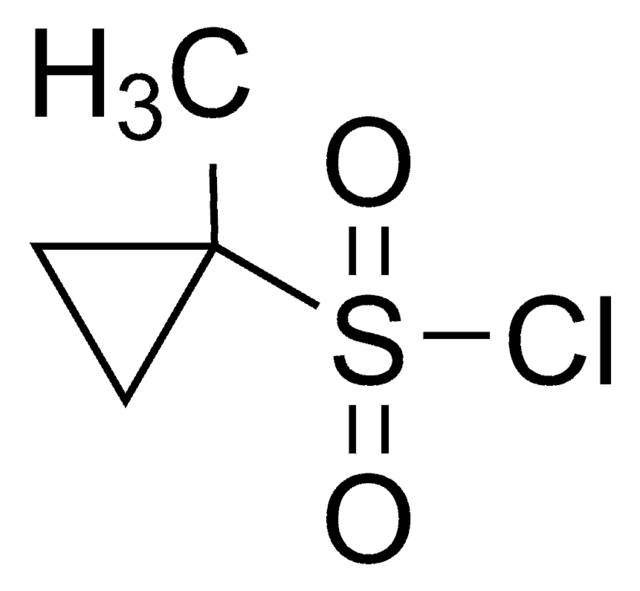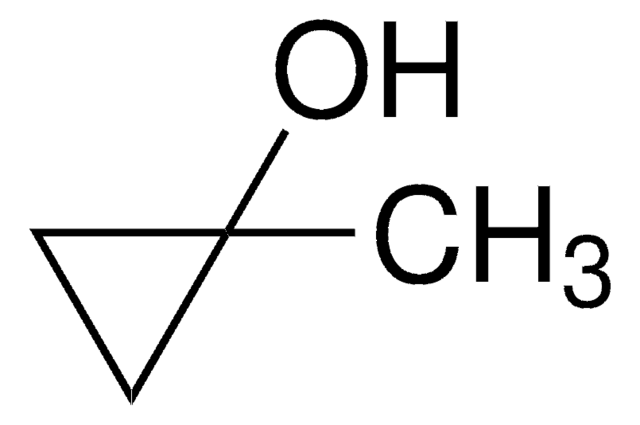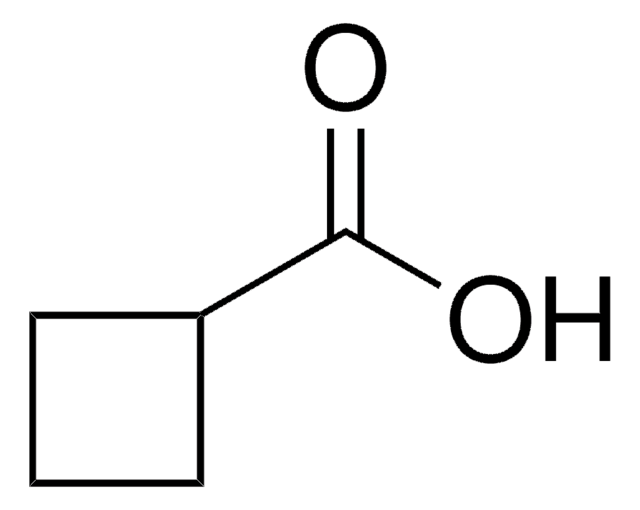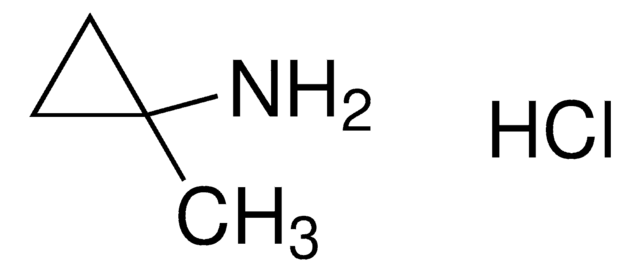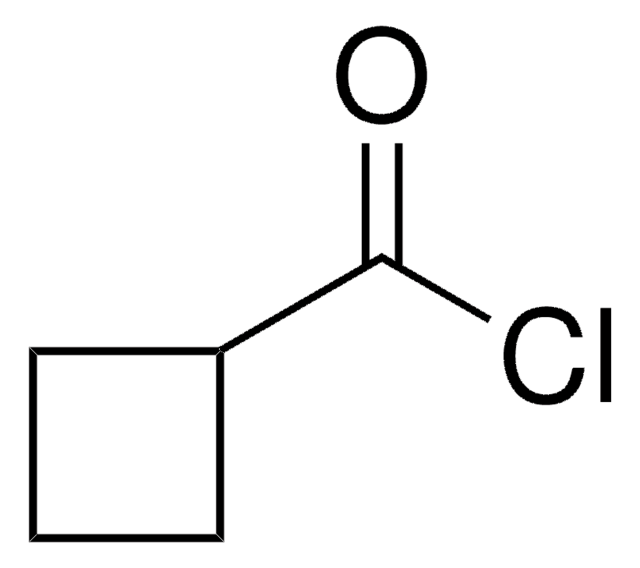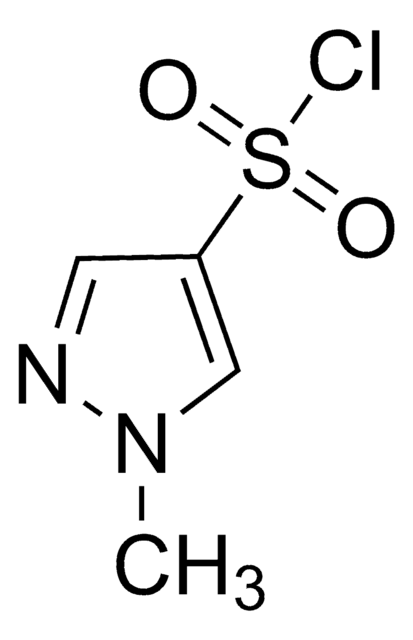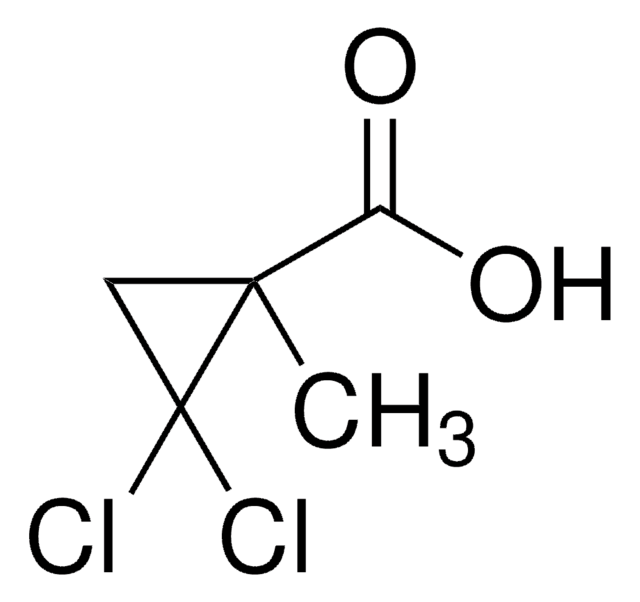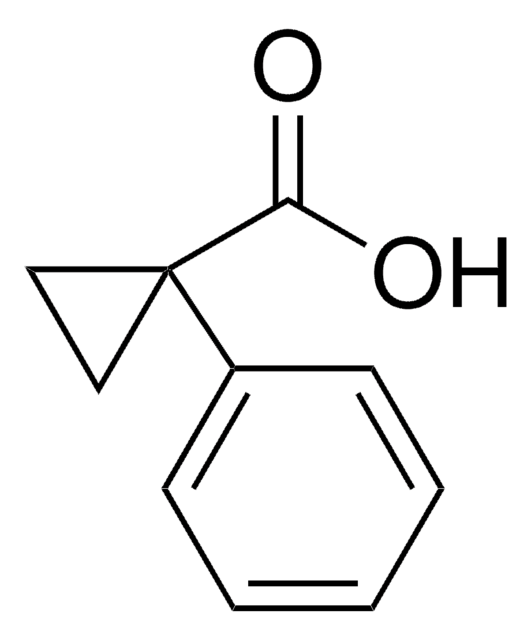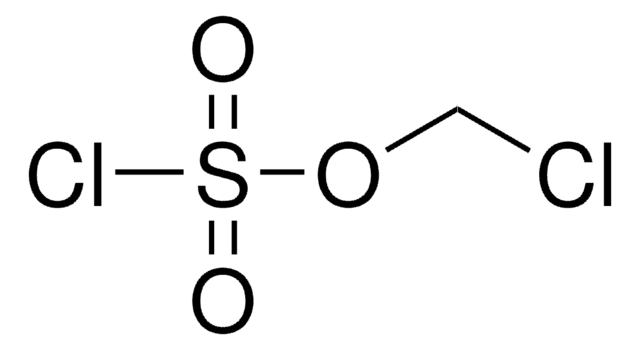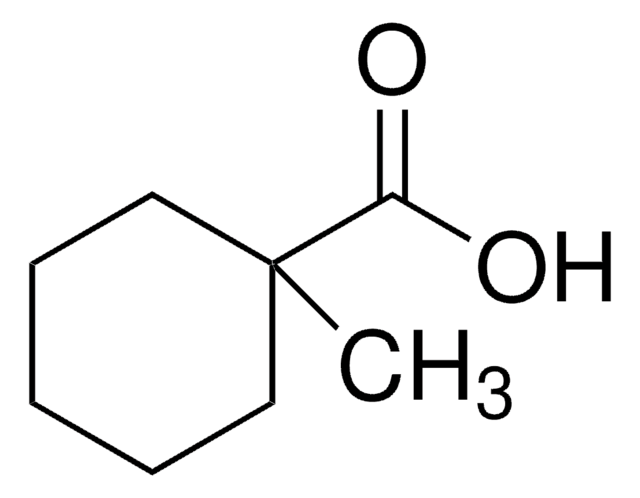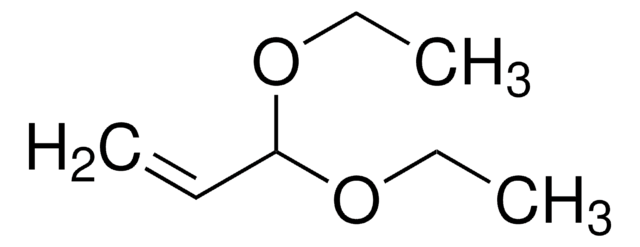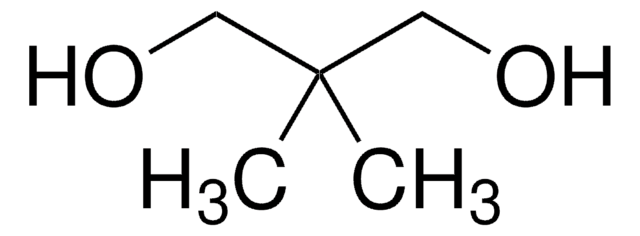About This Item
Recommended Products
assay
98%
form
solid
bp
183-185 °C (lit.)
mp
30-32 °C (lit.)
SMILES string
CC1(CC1)C(O)=O
InChI
1S/C5H8O2/c1-5(2-3-5)4(6)7/h2-3H2,1H3,(H,6,7)
InChI key
DIZKLZKLNKQFGB-UHFFFAOYSA-N
Looking for similar products? Visit Product Comparison Guide
Related Categories
Application
signalword
Danger
hcodes
Hazard Classifications
Skin Corr. 1B
Storage Class
8A - Combustible, corrosive hazardous materials
wgk_germany
WGK 3
flash_point_f
183.2 °F - closed cup
flash_point_c
84 °C - closed cup
ppe
Eyeshields, Faceshields, Gloves, type P3 (EN 143) respirator cartridges
Certificates of Analysis (COA)
Search for Certificates of Analysis (COA) by entering the products Lot/Batch Number. Lot and Batch Numbers can be found on a product’s label following the words ‘Lot’ or ‘Batch’.
Already Own This Product?
Find documentation for the products that you have recently purchased in the Document Library.
Customers Also Viewed
Our team of scientists has experience in all areas of research including Life Science, Material Science, Chemical Synthesis, Chromatography, Analytical and many others.
Contact Technical Service